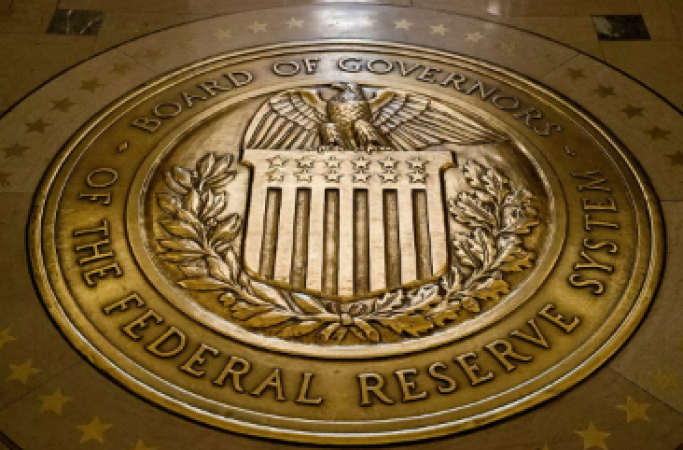
USA: This year's so-called stress tests by the Federal Reserve were passed by the country's 23 largest banks, demonstrating the resilience of the banking system despite the recent crisis that resulted in the failure of Silicon Valley Bank, Signature Bank, and First Republic Bank.
The midsize banks and "super regional" banks did exhibit some relative weakness, according to the Fed's report released on Wednesday; some received passing grades with a narrower margin than usual. Those outcomes might cause policymakers and investors to scratch their heads.
Due to the banking crisis earlier this year, Fed policymakers also suggested that they might make the tests harder in subsequent iterations.
Also Read: Air India Soars to New Heights with Prasoon Joshi's Creative Makeover
Michael Barr, the Fed's vice-chair for supervision, said in a statement, "We should remain humble about how risks can arise and continue our work to ensure that banks are resilient to a range of economic scenarios, market shocks, and other stresses.
Since they were put in place following the Great Recession and the 2008 financial crisis, the "stress tests" have evolved into an annual report card for the country's financial system. The tests vary from year to year, but they typically involve the Fed determining how great the losses in the banking sector would be in the event of a sharp decline in economic activity and a rise in unemployment.
Also Read: Micron to come to India to expand the industry for its chip Enhancement
The Fed has also based its scenarios on current events. The central bank, for instance, has previously examined banks' ability to withstand the possibility of a double-dip recession brought on by the coronavirus pandemic.
The Fed hypothesised a scenario in which there was a severe global recession in 2023 that resulted in a 40% decline in commercial property prices, a significant rise in office vacancies, a 38% decline in home prices, and other related effects. In the worst-case scenario put forth by the Fed, the unemployment rate—which is currently 3.7%—would increase to 10%.
Since companies can now use less office space thanks to post-pandemic work-from-home policies, commercial real estate has long been a source of concern for bank regulators and investors. Small-to-midsize banks that have experienced some pressure this year make up a large portion of the banks with significant investments in commercial real estate.
The 23 biggest banks would suffer combined losses of $541 billion in this scenario, and their capital ratios would drop from 12.4% to 10.1%. According to the Fed, that is comparable to prior years.
To receive a passing grade, a bank's stressed capital ratio must be at least 4.5 percent. The average for the group was significantly higher. If the bank failed the test, it would be automatically prohibited from repurchasing shares and paying dividends to shareholders.
After the market closes on Friday, banks are likely to begin disclosing their strategies for returning capital to shareholders.
The midsize banks, like M&T Bank and Citizens Bank, and super regionals, or banks with a national presence and more than US$500 billion in assets, like US Bancorp and Truist, had the lowest capital ratios under these tests.
It does demonstrate how banks that are not deemed "too big to fail" are struggling under high interest rates and inflation, even though investors have not been as concerned about these banks as they have been about their smaller counterparts.
US Bankcorp, Truist, and Citizens Financial would all pass the Fed's test with ratios of 6.6%, 6.7%, and 6.4%, respectively.
Also Read: Microsoft to go muddling under Activision Blizzard regarding the takeover
The Fed also examined the ability of eight banks with sizable trading books to withstand a market shock brought on by a spike in inflation and an increase in interest rates. The outcomes demonstrated that these banks could withstand such a shock.
The Fed decided in 2019 to allow banks with between US$100 billion and US$250 billion in assets to be tested every other year, which resulted in a decrease from 34 banks tested in 2022 to 23 banks tested this year.